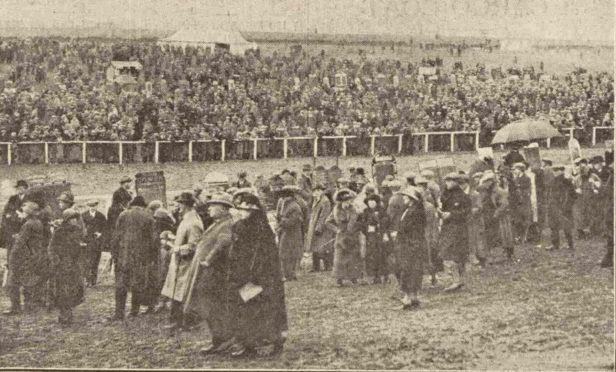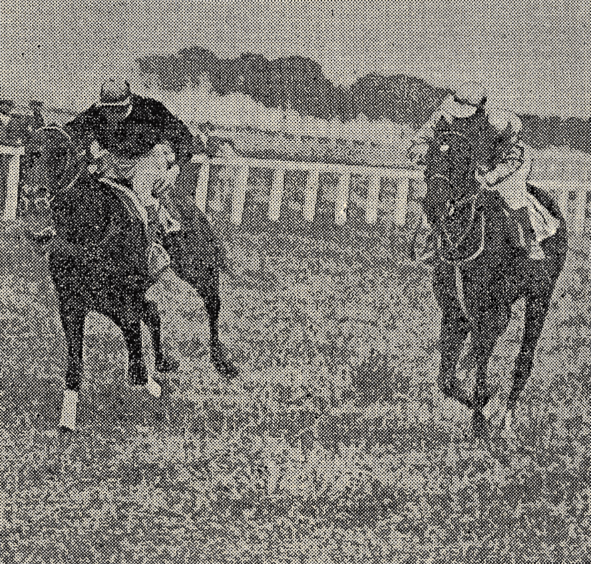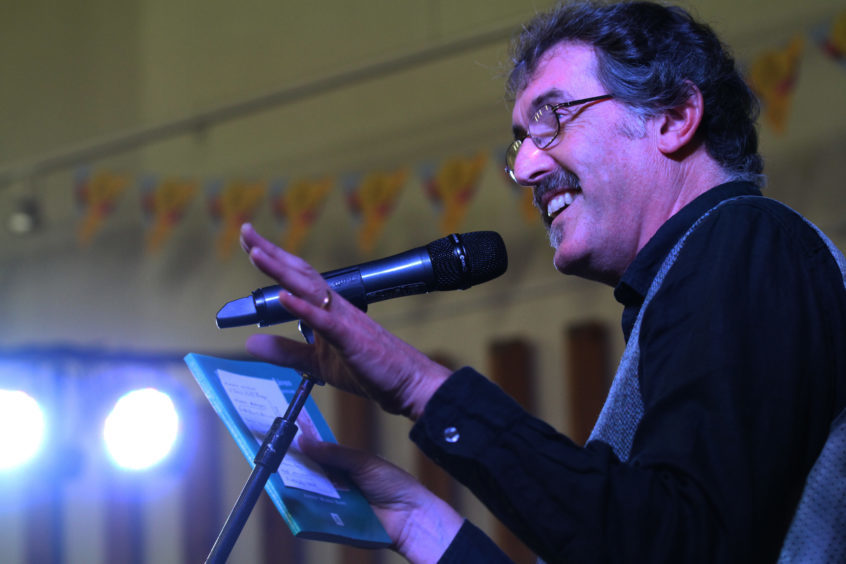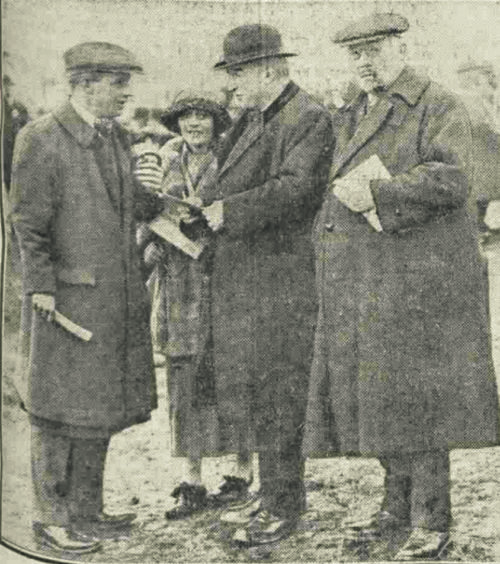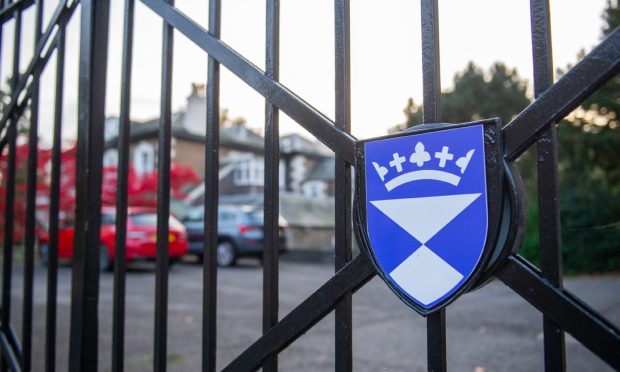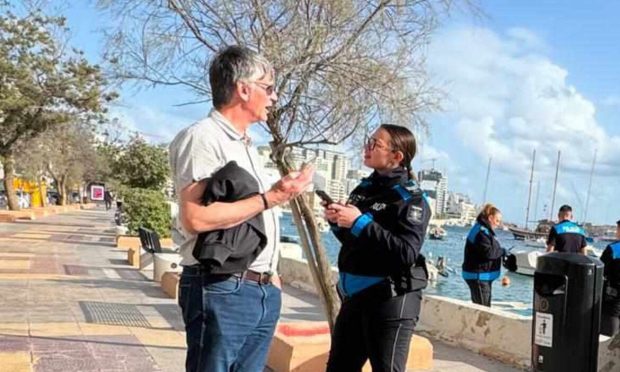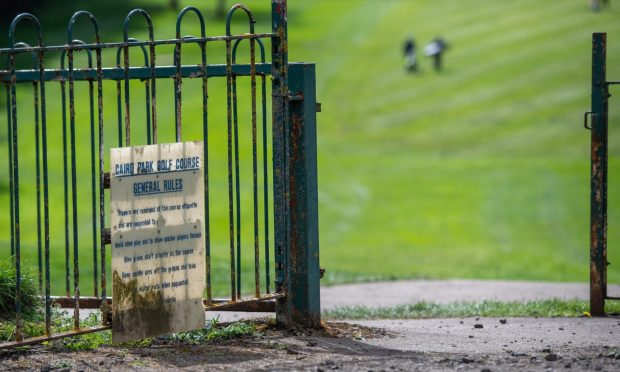It was the day Dundee joined the Sport of Kings and opened a racecourse to rival Musselburgh and Hamilton.
Some 10,000 punters turned up for the opening day but the long-lost Longhaugh Racecourse – which could have put Dundee on the horse racing map – closed almost as quickly as it opened.
A grandstand was constructed on the hill above Longhaugh House, looking down on present day Whitfield Drive, before the first two-day meeting was held 95 years ago in April 1924.
Andrew Murray Scott, author of Modern Dundee: Life in the City Since World War Two, marked the anniversary by thinking of what might have been.
He said: “Dundee’s history is full of interesting initiatives and events like this.
“The pictures show the scale and ambition of it, and in 1924 too, just before the Great Depression, when times were tough.
“Lots of other places probably tried to set up courses but very few have lasted the test of time.
“Having a successful race course would have encouraged training stables and the industry of horse-racing to set up here.
“It would have given some employment, drawn lots of visitors and put Dundee on the racing map, given the city something to brag about.
“Also of course, it would have taken up land that was later used for building housing. It was a bold move that was not to be.
“It just proves that we’ve a lot more history than we remember. People in Dundee down the ages have always been willing to try bold plans and ideas.”
The prize money for Dundee’s inaugural meeting amounted to £450 and more than 50 horses were entered in the five races along the mile-long flat track from across the country.
Crowds arranged themselves along the railings bordering the course and cheered the horses as they galloped past and the general din was described as “almost deafening”.
A newspaper report at the time said “ladies indulged freely in flutters, some of them backing their favourites with quite substantial sums”.
But a number of bookies were noted to have packed up a bit too punctually with punters making “a frantic scramble in search of their winnings — and some of them were no doubt still searching”.
The report said at least one of the rogue bookies was tracked down by a man and his “two determined daughters”.
But two left after the fourth race, and another — who abandoned his books in his haste to get away — was found to owe a considerable amount on the outcome of the third.
Longhaugh’s second meet just two days later was a huge disappointment.
Crowds of just 3,000 turned up as a result of “dull, threatening weather” which left the entrances muddy and the grass long and wet.
Race meetings were held in July and October that year but attracted small crowds and Dundee Meetings Ltd went into liquidation in March 1925 and the land was sold off.
The course took in part of Longhaugh Road, went through what was a former school playground and ended with a finishing straight close to the line of Longhaugh Terrace.
No trace of it remains today.
